8 Types of Food Thermometers: What You Need To Know
March 21, 2018Food thermometers are essential restaurant supplies for your commercial kitchen.
They ensure that foods prepared in your commercial kitchen are cooked to the right temperature and held at that temperature for as long as necessary to kill any harmful bacteria. This makes these restaurant supplies a valuable safety tool in your kitchen.
But these restaurant supplies are not all the same. There are a number of different types, each designed to serve different purposes. Let’s take a look at the types of food thermometers available, and what makes them different from each other.
1. Thermocouples
Thermocouples read temperatures very fast – in as little as 2-5 seconds. These restaurant supplies are very versatile and can measure both thick and thin foods. They can be calibrated for easy reading. Unfortunately, they are highly inaccurate during cooking and are best used when the food is nearly cooked, for accurate results. Being rather sensitive restaurant supplies, thermocouples are not safe for oven usage.
2. Thermistors (Digital Instant Read)
Thermistors are great restaurant supplies that provide fast and accurate readings. A thermistor can be used to measure temperature in both thick and thin foods. However, not all models can be calibrated, and they cannot be used in food while cooking.
3. Oven Probe Cord Thermometers
Oven probe cord thermometers are versatile restaurant supplies that can be used in the temperature measurement of most foods. They are specifically designed for use inside an oven or covered pot while cooking, but can also be used outside the oven. The main downside is that they are not calibrated.
4. Thermometer-Fork Combination
A typical thermometer-fork combination reads temperatures in 2 – 10 seconds. These are versatile restaurant supplies that can be used in most foods. Thanks to their fork-like nature, they are highly convenient for use when grilling. Thermometer-forks cannot be used until your food is almost done cooking.
5. Dial Oven-Safe Bimetallic Thermometers
Dial bimetallic thermometers read temperatures in 1 – 2 minutes. This is much slower than most thermometers on this list. However, unlike many on the list, these restaurant supplies can be used in foods while cooking – although they have to be placed at least 2 inches deep for accuracy. These restaurant supplies are a good fit for roasts, soups and casseroles, but are not advisable for use when preparing thin foods. Due to the metallic nature of these thermometers, they are able to easily conduct heat and do not always provide accurate readings.
6. Digital Instant-Read Bimetallic Thermometers
Digital bimetallic thermometers are handy restaurant supplies provide fast and accurate readings. However, like many others on this list, they cannot be used while food is still cooking, but they can be used in both thick and thin foods. For those conscious of calibration, be sure to check if the model you’re considering is calibrated.
7. Disposable Temperature Indicators
Disposable temperature indicators are, as their name implies, single-use restaurant supplies. They provide accurate temperature readings in 5 – 10 seconds. Great for liquid foods, these thermometers are designed to measure food temperature while cooking. They are programmed to detect a specific temperature, changing colors when that temperature is attained.
8. Pop-up timers
Another type of single-use thermometer, these restaurant supplies “pop up” when food reaches a certain temperature. They are most often used when roasting turkeys and chickens. Combining pop-up timers with other conventional food thermometers will provide you with the best results.
Your choice of an appropriate food thermometer for your commercial or residential kitchen will depend on what you hope to achieve with one. Consider the pros and cons of each type of thermometer before selecting the right one (or ones) for your needs.
5 Things Every Restaurant Owner Should Do Before Buying Used Kitchen Equipment
Equipping your restaurant properly can cost a lot of money, so buying used kitchen equipment is the go-to choice for many restaurateurs. Buying used kitchen equipment for a restaurant is a bit different than buying used equipment for your home, however. You will...
Top Restaurant Technology Trends in 2018
When looking to buy restaurant supplies, you want to be on the leading edge of technology trends. This will keep your kitchen running smoothly. Let’s take a look at some of the most recent trends in restaurant supplies technology. 1. New Payment Options Who would...
5 Different Ice Shapes and Why You Should Care About Them
Ice makers are very popular in the restaurant and foodservice community because they eliminate the need to buy ice every day. And of course, adding an ice maker to your collection of foodservice equipment means you will always have ice on hand when you need it. An...
Pulping and Grinding: A Starter’s Guide to Reducing Commercial Food Waste Costs
For most restaurant owners and managers, the expenses involved in making meals are always under careful consideration. Water is needed to prepare, cook and wash food; power is necessary for food prep, cooking and cooling, and so on. However, how many of us consider...
Choosing the Right Milk Cooler: Cold Wall or Forced Air?
In a restaurant, milk is an essential to have on hand for coffee and other café-style beverages, for serving with kids’ meals, and as a key ingredient in many recipes. Keeping your milk properly chilled can be difficult without the proper restaurant equipment....
How to Choose Your Next Commercial Meat Smoker
The movies that connect with us on a personal level are the ones that linger in our memories forever. Anyone who has used a commercial meat smoker knows that they have a huge influence on the taste of a meal. You need to have just the right kitchen equipment to get a...
Are High Speed Ovens Too Good to be True?
You might have heard a few of the bold claims that foodservice equipment manufacturers have been making about high speed ovens, but they can’t be possible, right? Cooking three times as faster as regular ovens? Five times as fast? Fifteen times as fast? It may seem...
Choosing the Right Food Storage Containers for Your Restaurant
Choosing the right kitchen supplies will make a difference in your restaurant. Whether it is heavy duty kitchen equipment or food storage containers, each piece of equipment plays its own important role. Today, we are going to talk about how to choose the right food...
Tipton’s Guide to Perfect Poultry Trussing
Do you ever truss birds in your commercial kitchen? Trussing is a fantastic cooking technique because it makes poultry cook faster, look more attractive and taste better. If your commercial kitchen prepares poultry, you don’t want to miss these trussing tips. Trussing...
How to Eliminate Excess Condensation in Your Kitchen
Is your commercial kitchen getting steamy? If so, you could have more than just an uncomfortable working environment on your hands. Excess moisture in your commercial kitchen can result in the corrosion of equipment, the development of mold, and even damage to your...
The DIY Guide to Your Restaurant’s Own Garden
Stocking your restaurant supply with your own home-grown herbs and produce can truly bring your dishes to life. When it comes to food, everyone knows there’s nothing like homemade and home-grown. Having your own culinary garden, however large or small, can help you...
5 Reasons a Meat Grinder Will Set Your Burgers Apart
The more you do to prepare your foods in-house with the right kitchen equipment, the fresher and more flavorful your dishes become. There are all sorts of restaurants offering fast-food style burgers, but some diners are looking for the real deal. A fresh, juicy...
Pest Preventions to Implement in Your Commercial Kitchen
Restaurant pests: it’s something that few people want to think about. Like it or not, pest management is an essential consideration for every commercial kitchen. Offering food, shelter and water, the unprepared commercial kitchen naturally provides everything pests...
Choosing the Right Material for Your Cooking Equipment
Kitchens are very unique to their chef. Just like a car mechanic has a toolbox unique to them, so is the cooking equipment in a kitchen. And over time, the same cooking equipment become a natural extension of the chef. What tools are you using in your kitchen? It...
Kitchen Hacks for Your Home
Some people are naturally good at certain skills. We all know someone who is naturally book smart, athletic, or musically inclined. What makes you jealous of them is how easy they make tasks seem compared to you. One skill might be cooking. Your dream may not be...

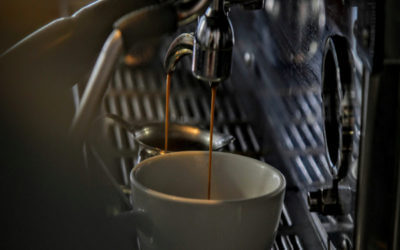



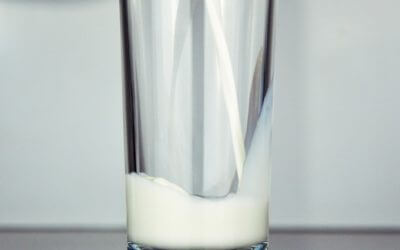
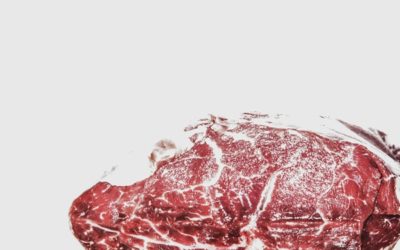
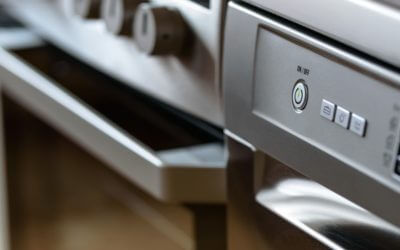

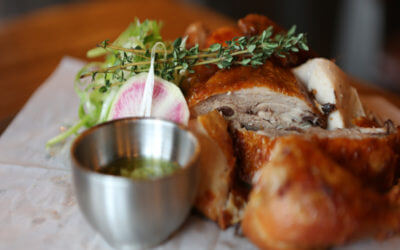

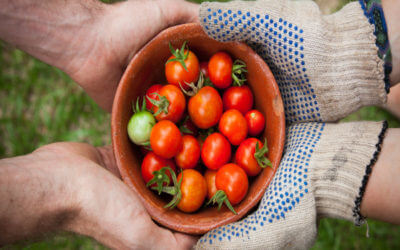
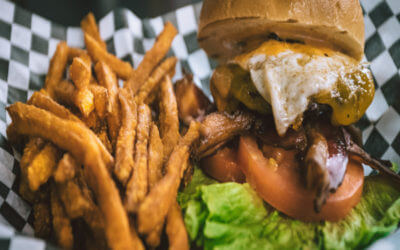
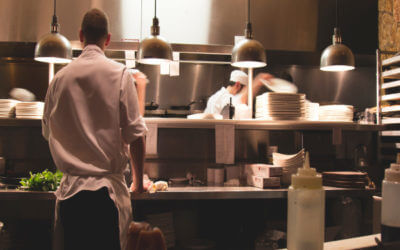
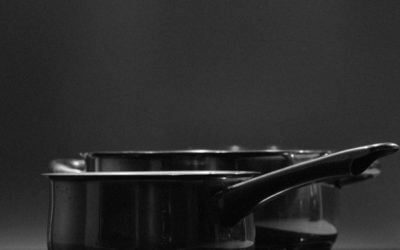
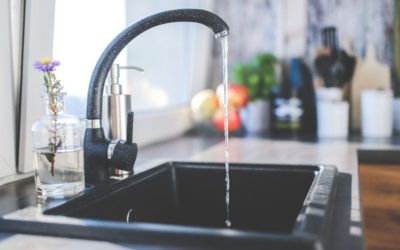
Using these tools of the trade, takes the guess work out of cooking foods to the right temperature,and gives you the
assurance that foods served have met the proper temperature requirements.